Seagate has a new drive with a new generation of technology that will bring big gains to the hard drive space. The Seagate Exos 2X14 Mach.2 may sound like the branding for a razor (e.g. the Gillette Mach 3 first released in 1998 that many STH readers use.) Still, this new hard drive has a new dual actuator design that effectively doubles the performance of hard drives.
Seagate Exos 2X14 Mach.2
We will get to specs below, but the key innovation here is that instead of a traditional single actuator design, the Seagate Exos 2X14 Mach.2 14TB drive is effectively two logical 7TB drives each serviced by an independent actuator. This allows the heads to move independently over media.
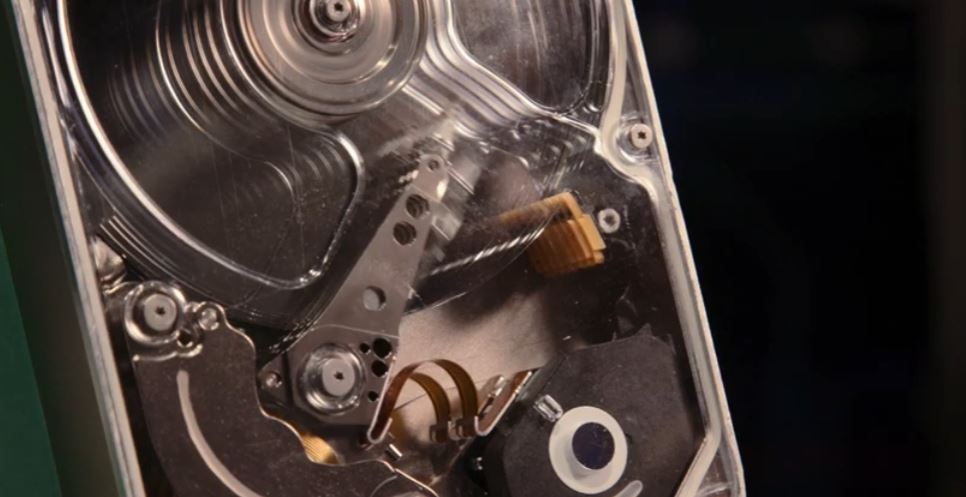
In these screenshots, you can see the two actuators moving independently as they access the rotating media.
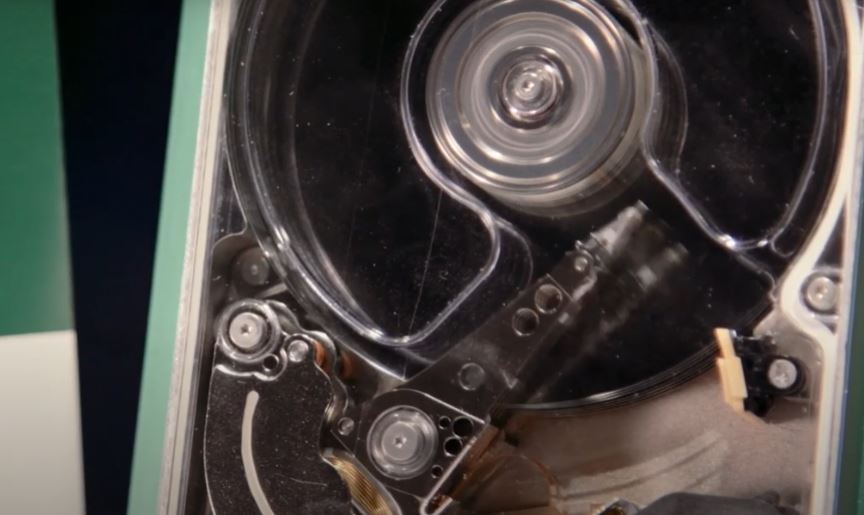
This is Seagate’s art on the technology where one can see the two actuators at different angles.
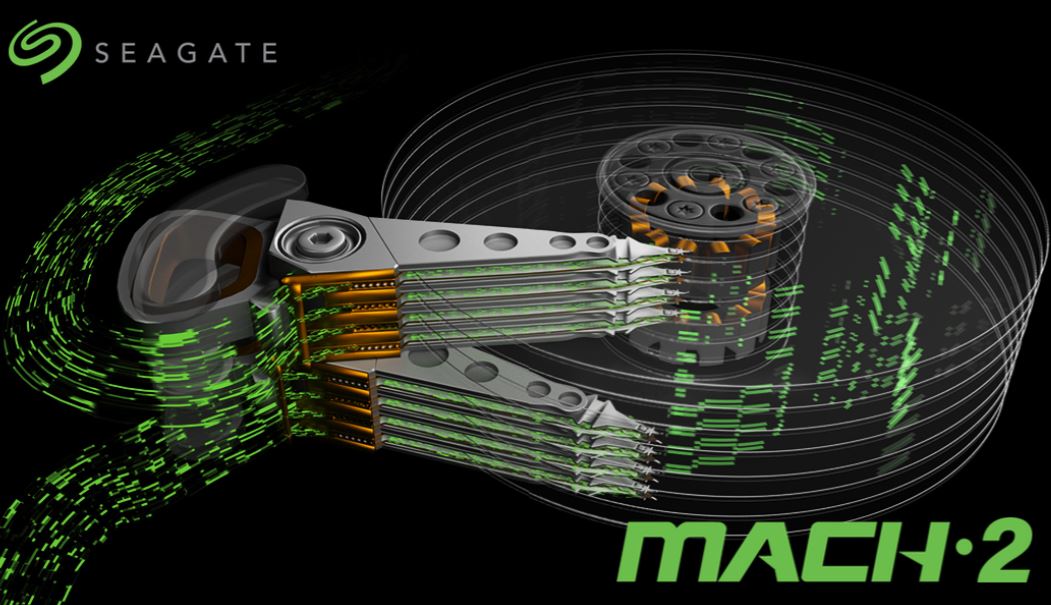
Between using the SAS3 12Gbps interface which offers dual-port access, and this new technology, Seagate says that it can see in the 1.75-1.9x increase over a single actuator design. Putting this into perspective, it also says that a single hard drive can support over 75% more video streams which is an important workload for Seagate’s customers as video storage on hard drives is less expensive than on SSDs.
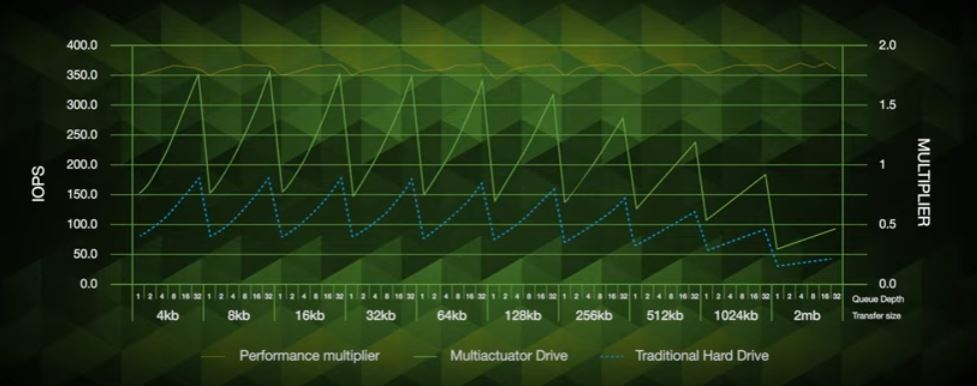
Overall, Seagate says this drive is capable of over 500MB/s of sequential performance which is much higher than traditional single actuator drives. That is important since 10K and 15K RPM drives have become less viable with NAND flash taking over 2.5″ and next-gen form factors aimed at performance. Hard drives need to maintain a $/TB advantage over SSDs yet the performance is limited by slower new recording technologies to get more density and the impracticality of increasing spindle speeds in 3.5″ form factors. Having dual actuators makes getting more performance at the same spindle speed feasible.
Unlike many other drive technologies, this is only being launched as a single drive with either 4K or 512b block size variants instead of multiple capacity points.
Seagate Exos 2X14 Mach.2 Key Specs
Here are the key specs from Seagate on the drive:
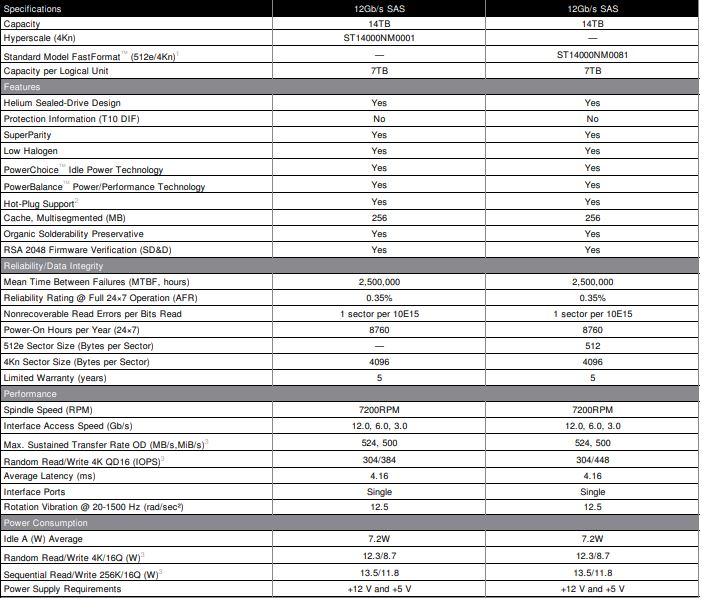
Something we wanted to point out again is the “Capacity per Logical Unit” line which is 7TB. This drive has two 7TB logical units for 14TB total. This follows the dual actuator design but is a big shift for hard drives.
These are meant to be data center drives rather than consumer/ NAS drives. We did not see pricing, but we expect Seagate is getting a premium on these drives.
Final Words
Modern PCIe Gen4 NVMe SSDs can hit 7,000MB/s. PCIe Gen5 SSDs will be hitting the market in 2022 at around 14,000MB/s so the hard drive folks know that the golden era of SATA III/ SAS2 SSDs is over and performance workloads are on SSD going forward. Still, with data being stored on hard drives, and a lot of data being stored on hard drives, some portion of the market will want more performance from each device which is why going from the 250-300MB/s to 500MB/s range is important.
Hopefully, this technology becomes widely adopted and integrated into more drives as volumes ramp. That will help the lower-cost storage increase performance at a much faster rate than we have seen over the past decade. It may also help offset some of the performance loss we see moving to SMR media.

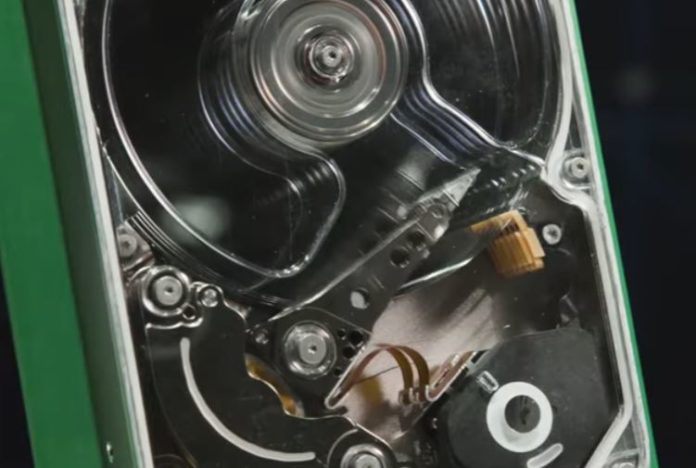



If we project onto hard drives the history of the multi-blade cartridge razor:
2021 – Seagate introduces 2-actuator Exos 2X14 Mach.2 hard drives
2023 – WD is successful with its 3-actuator WB Black Blade disk series
2025 – Seagate goes for 4-actuator Full Exos 4×40 Mach.4 hard drives
2026 – WD: confirmed rumors about the 5-actuator 500 TB drive
.
.
.
20XX – Memory Lane: last hard and flash drives in museums. Multi-EB Emulsion Quantum Mist Hypercube destroys every competition on its path
Looking at expected premiums it doesn’t seem like these drives will offer compelling advantages over SATA/SAS SSDs which have come down significantly in price over the past years. In addition the power consumption, longer lifetime and smaller form factor contributed to us standardizing bulk media storage on SSDs and only using HDDs for archiving.
So, a 2-disk RAID 0 in a single package. I am not saying it isnt neat, and I wish it would be competitive, but one could also put 2 18 TB drives in RAID0 and get larger capacity. It does have a density advantage when it comes to speed, but I cannot imagine having 2 head stacks does not have a reliability penalty, and it is bound to be expensive.
“Launched”. What a load of bull they were supposed to launch this in JUNE 2021 .. something like FIVE YEARS after they announced the tech. It’s STILL not out and it’s nearing Q4 2021…